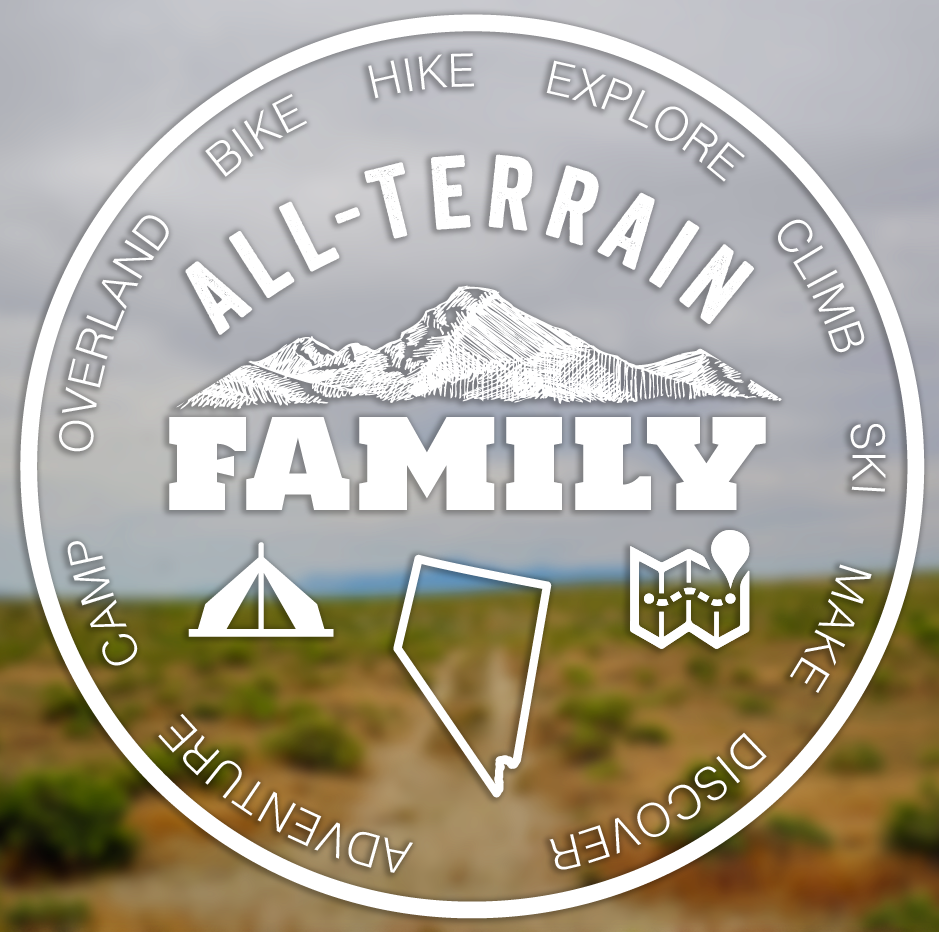My son is young, so when I showed him this video he really hit on when Dr. Oscar Schofield says that they use penguin robots. Of course, what he meant was that they use small robotic sensors ATTACHED to penguins. But by the time my son is old enough to do science in Antarctica, they probably will have robot penguins.

The video below is from a new project from Rutgers University to create a video documentary of the research, researchers and ecology of the Long Term Ecological Research project at Palmer Station Antarctica.
- The winter sea ice season, the period of the year in which the ocean surrounding Antarctica is frozen, is 90 days shorter now than it was 20 years ago
- West Antarctic Peninsula is the fastest winter warming place on earth
- The project consists of regular monitoring at Palmer Station and an annual expedition by Ice Breaker to survey the seas around the West Antarctic Peninsula
- The LTER began in 1990
- The LTER has captured and analyzed 15,000 samples
- Phytoplankton in the oceans produce about half of the oxygen in the air on Earth
Long Term Ecological Research
To detect and understand changes in the environment, scientists all over the world are studying them and monitoring them on a long term basis. This means measuring and sampling different parameters in the ecosystem on regular intervals for decades. Antarctic Quest documents the Long Term Ecological Research project at Palmer Station on the West Antarctic Peninsula.
For more info on Palmer Station, check out this post from the Arctic Quest blog.

Here is what they are studying at LTER Palmer
- Physical forcing (solar, atmospheric, oceanic and sea ice) with emphasis on ecological consequences of annual and inter-annual variation
- Ecology and population biology of marine bacteria and archaeal, phytoplankton, zooplankton and seabirds
- Biogeochemical cycling of carbon and nitrogen
- Ecosystem responses to climate migration
- Physical/chemical/biological modeling linking ecosystem processes to environmental forcing
When I was in college I worked on an LTER project sampling Rio Calaveras in the Jemez Mountains of New Mexico. Once a week, rain or shine, sun or snow, we would go up and take about 100 water samples from the creek. On top of that other, scientists at the University of New Mexico would study soils, bugs, plants and other things in that area. Because of the ongoing understanding of how a particular environment is changing over time, Long Term Ecological Research stations are ideal for studying and experimenting on many things.
-Mike
Sources
- Palmer Station Antarctica
- Antarctic Quest, Rutgers University
- Chris Linder Photography
- Oscar Schofield
- Rutgers Digital Filmmaking on YouTube














Add comment